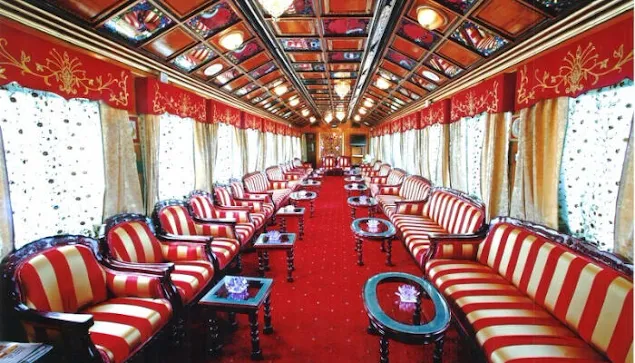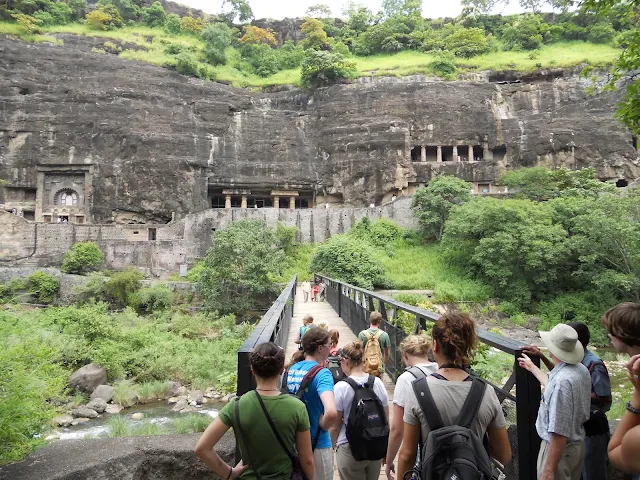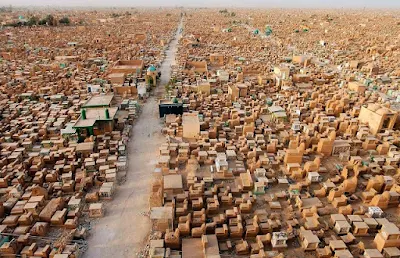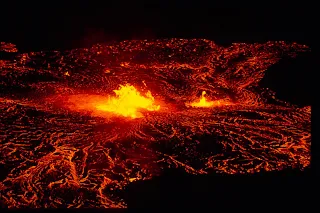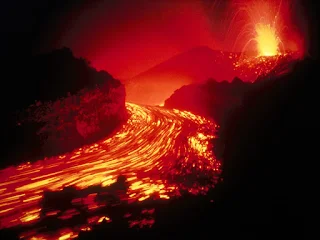Yellowstone National Park is an American national park located in Wyoming, Montana, and Idaho. It was established by the U.S. Congress and signed into law by President Ulysses S. Grant on March 1, 1872. Yellowstone was the first national park in the U.S. and is also widely held to be the first national park in the world. The park is known for its wildlife and its many geothermal features, especially Old Faithful geyser, one of its most popular features. It has many types of ecosystems, but the sub alpine forest is the most abundant. It is part of the South Central Rockies forests Correggio.
Native Americans have lived in the Yellowstone region for at least 11,000 years. Aside from visits by mountain men during the early-to-mid-19th century, organized exploration did not begin until the late 1860s. Management and control of the park originally fell under the jurisdiction of the Secretary of the Interior, the first being Columbus Delano. However, the U.S. Army was subsequently commissioned to oversee management of Yellowstone for a 30-year period between 1886 and 1916. In 1917, administration of the park was transferred to the National Park Service, which had been created the previous year. Hundreds of structures have been built and are protected for their architectural and historical significance, and researchers have examined more than a thousand archaeological sites.
Yellowstone National Park spans an area of 3,468.4 square miles (8,983 km2), comprising lakes, canyons, rivers and mountain ranges.Yellowstone Lake is one of the largest high-elevation lakes in North America and is centered over the Yellowstone Caldera, the largest super volcano on the continent. The caldera is considered an active volcano. It has erupted with tremendous force several times in the last two million years. Half of the world's geysers and hydro thermal features are in Yellowstone, fueled by this ongoing volcanic. Lava flows and rocks from volcanic eruptions cover most of the land area of Yellowstone. The park is the centerpiece of the Greater Yellowstone Ecosystem, the largest remaining nearly-intact ecosystem in the Earth's northern temperate zone. In 1978, Yellowstone was named a UNESCO World Heritage Site.
Hundreds of species of mammals, birds, fish, and reptiles have been documented, including several that are either endangered or threatened. The vast forests and grasslands also include unique species of plants. Yellowstone Park is the largest and most famous mega fauna location in the contiguous United States. Grizzly bears, wolves, and free-ranging herds of bison and elk live in this park. The Yellowstone Park bison herd is the oldest and largest public bison herd in the United States. Forest fires occur in the park each year; in the large forest fires of 1988, nearly one third of the park was burnt. Yellowstone has numerous recreational opportunities, including hiking, camping, boating, fishing and sightseeing. Paved roads provide close access to the major geothermal areas as well as some of the lakes and waterfalls. During the winter, visitors often access the park by way of guided tours that use either snow coaches or snowmobiles.








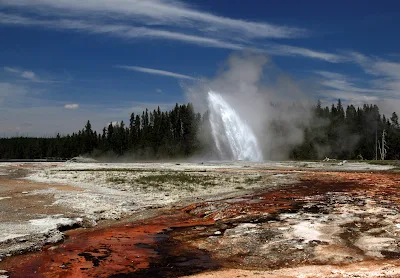



Approximately 96 percent of the land area of Yellowstone National Park is located within the state of Wyoming. Another three percent is within Montana, with the remaining one percent in Idaho. The park is 63 miles (101 km) north to south, and 54 miles (87 km) west to east by air. Yellowstone is 2,219,789 acres (898,317 ha; 3,468.420 sq mi) in area, larger than the states of Rhode Island or Delaware. Rivers and lakes cover five percent of the land area, with the largest water body being Yellowstone Lake at 87,040 acres (35,220 ha; 136.00 sq mi). Yellowstone Lake is up to 400 feet (120 m) deep and has 110 miles (180 km) of shoreline. At an elevation of 7,733 feet (2,357 m) above sea level, Yellowstone Lake is the largest high altitude lake in North America. Forests comprise 80 percent of the land area of the park; most of the rest is grassland.
The Continental Divide of North America runs diagonally through the southwestern part of the park. The divide is a topographic feature that separates Pacific Ocean and Atlantic Ocean water drainage. About one third of the park lies on the west side of the divide. The origins of the Yellowstone and Snake Rivers are near each other but on opposite sides of the divide. As a result, the waters of the Snake River flow to the Pacific Ocean, while those of the Yellowstone find their way to the Atlantic Ocean via the Gulf of Mexico.
The park sits on the Yellowstone Plateau, at an average elevation of 8,000 feet (2,400 m) above sea level. The plateau is bounded on nearly all sides by mountain ranges of the Middle Rocky Mountains, which range from 9,000 to 11,000 feet (2,700 to 3,400 m) in elevation. The highest point in the park is atop Eagle Peak(11,358 feet or 3,462 meters) and the lowest is along Reese Creek (5,282 feet or 1,610 meters). Nearby mountain ranges include the Gallatin Range to the northwest, the Bear tooth Mountains in the north, the Absaroka Range to the east, and the Tetons Range and the Madison Range to the southwest and west. The most prominent summit on the Yellowstone Plateau is Mount Wash burn at 10,243 feet (3,122 m).
Yellowstone National Park has one of the world's largest petrified forests, trees which were long ago buried by ash and soil and transformed from wood to mineral materials. This ash and other volcanic debris are believed to have come from the park area itself. This is largely because Yellowstone is actually a massive caldera of a super volcano. There are 290 waterfalls of at least 15 feet (4.6 m) in the park, the highest being the Lower Falls of the Yellowstone River at 308 feet (94 m).
Three deep canyons are located in the park, cut through the volcanic tuff of the Yellowstone Plateau by rivers over the last 640,000 years. The Lewis River flows through Lewis Canyon in the south, and the Yellowstone River has carved two colorful canyons, the Grand Canyon of the Yellowstone and the Black Canyon of the Yellowstone in its journey north.














